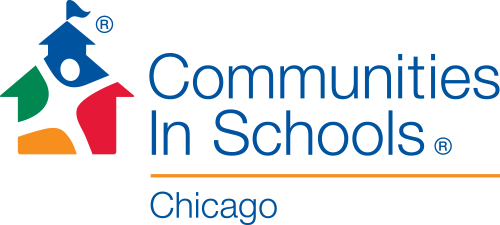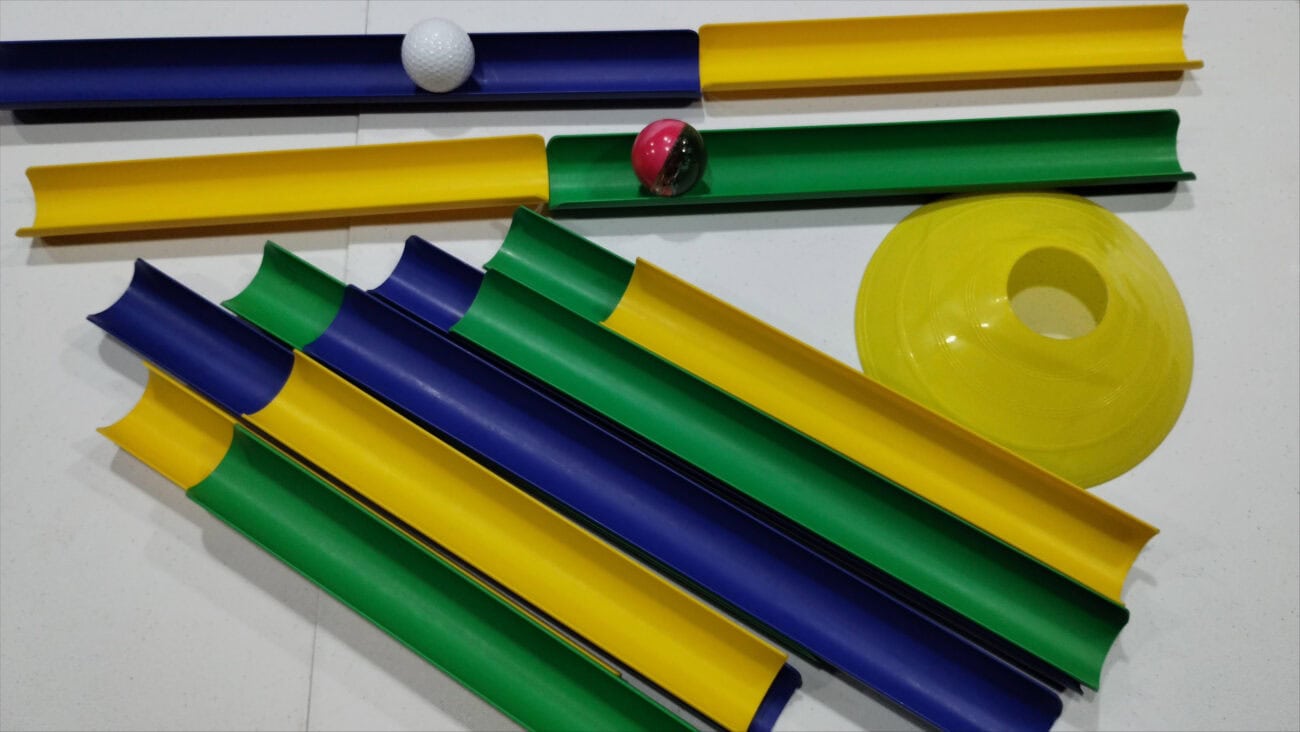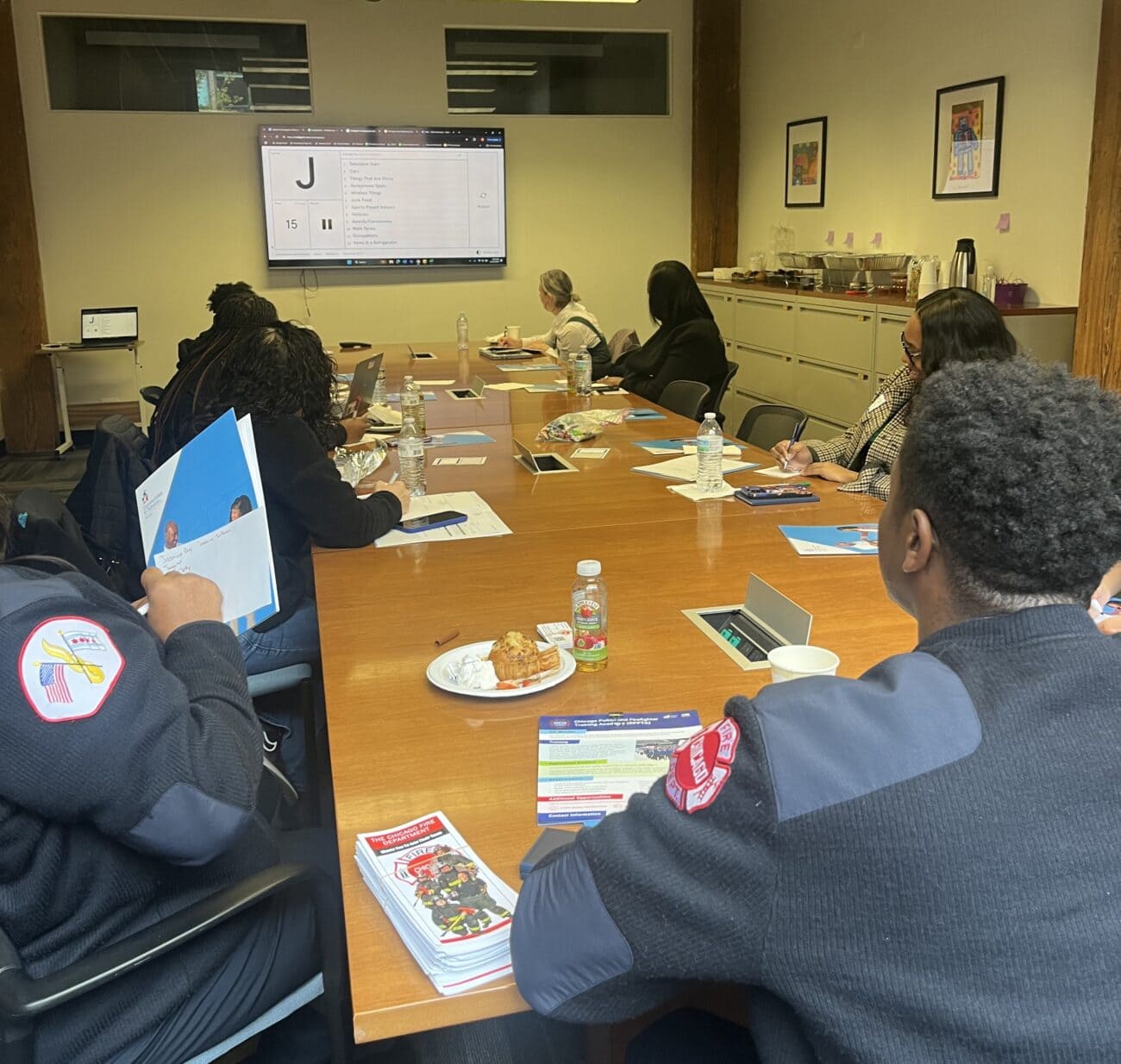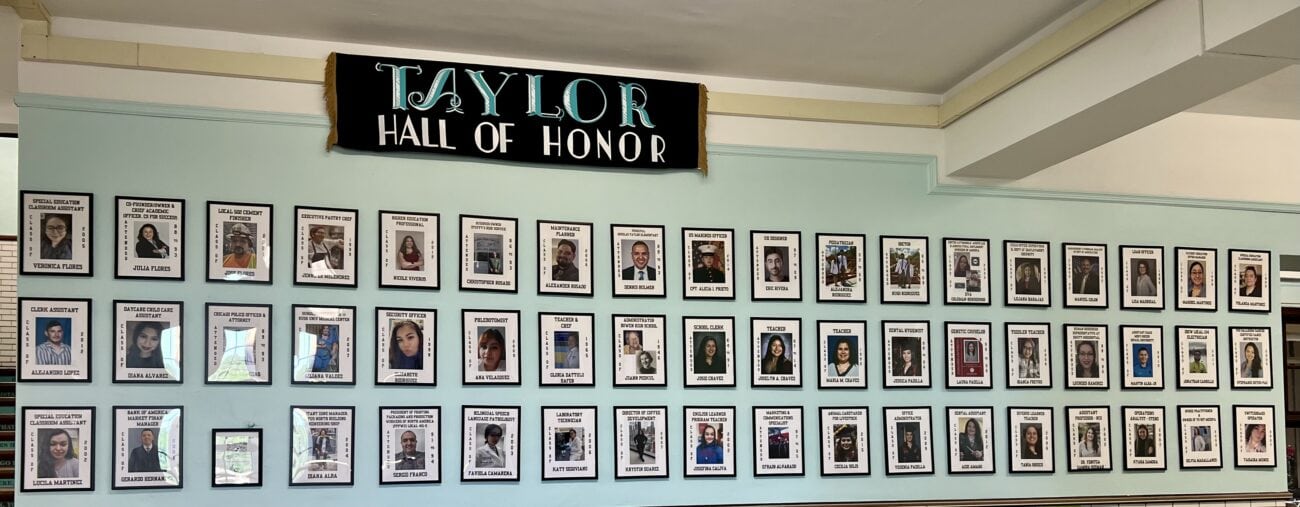During an academic year riddled with school closures, social distancing, and business shut-downs, our students — and the caring adults who support them — have often lacked a sense of choice. The pandemic has placed restrictions on how students attend class, how they interact with others, and even how they play.
Our team at CIS of Chicago believes that creativity can be an antidote to the monotony of pandemic life. Creativity, whether that be through art, music, or dance, provides students with the freedom of choice and expression. Our Student Supports Managers work to activate this side of students’ brains, even in remote learning, to help them release stress, unwind, engage in their studies, and cope with their every day.
CIS of Chicago has five trained dance / movement therapists on staff, three of whom meet with students individually and in groups as Student Supports Managers. These team members incorporate movement into their social and emotional learning activities with students, and they use dance to help students build a mind-body connection.
Mimi
Dance / Movement Therapist | African Dance Teaching Artist
A CIS of Chicago Senior Student Supports Manager, Mimi Macbeth believes that when students are more aware of the connection between their mind, body, and spirit, then they can better respond to momentous and even everyday events. She uses a variety of activities to help students build this integration.
When students need help identifying their emotions, Mimi uses a chart of a human body so that they can name where their feelings are showing up. A student may link feelings of anger with a racing heartbeat or a clenched fist, for example. Then, Mimi works with the student on coping mechanisms, like mindfulness exercises or finding a quiet place.
Free movement is another technique that she uses to help students build self-awareness and social awareness. Through role-playing, Mimi works with students to visualize different situations, get in touch with their emotions, and examine their physical responses. And through mirroring, Mimi has the students imitate various movements, which enhances their ability to empathize.

Mimi also observes how her students move and interact within their space. She asks herself questions like how are they socializing with their peers? How are they engaging in the classroom? Body language cues typically inform Mimi’s next steps with the supports she provides. But in the remote learning landscape, observing movement can be much harder to accomplish.
In response, CIS of Chicago’s dance / movement therapists have leaned in heavily to the dance portion of their training. They use dance to encourage students to connect with their own bodies and shake off the stiffness that comes from sitting in front of a computer screen all day.
Maria
Dance / Movement Therapist | Afro-Latin Dance Choreographer
Maria Torres, another CIS of Chicago Student Supports Manager, has been dancing her whole life. Professionally trained in Afro-Latin dance, Maria brings this expertise to the classroom. She created a unique curriculum called “E-Motion,” which allows students to learn the history of various dances, practice movement and dance routines, and most importantly, learn to express and cope with difficult feelings — through dance. In remote learning, Maria is sharing E-Motion dance virtually, with a Kindergarten class and a second-grade class.

A typical session begins with Maria setting expectations. She has students reflect on the group’s three expectations — focus, be kind, and be respectful — with movement, and together, they do an activity based on what the class needs most, whether that be calm or energy. Maria then reinforces the importance of dance and its history, and they learn and practice a routine.
This semester, Maria is teaching the Kindergarteners merengue and the second graders bachata. At Maria’s school on the Far South Side, the student body is primarily Black and Latinx, so Maria enjoys incorporating dance that is connected in some way to her students’ identity and roots. At the end of the session, Maria asks if individual students want to share the routine, and finally, she thanks the group for being brave.
Through E-Motion dance, Maria works with her students to uncover their feelings. There are no bad emotions, she likes to tell her students, but rather comfortable and uncomfortable feelings. And dance can be a vehicle for expressing and coping with these feelings. At the end of the schoolyear, Maria’s E-Motion dance classes will culminate in a schoolwide arts festival, where each class will present their routines in a live, virtual performance.
In addition to the dance routines, the arts festival will also include music performances, a virtual photography exhibition, and a virtual art show, thanks to a collaboration with the SMART Museum, a CIS of Chicago community partner. “I feel thrilled to have more face-to-face time with students,” Maria said, “doing something I am passionate about.”
LaDonna
Dance / Movement Therapist | Artistic Gymnastics and Dance Educator
Movement can also provide an important break for students — and teachers — during the school day. After LaDonna Curry, a CIS of Chicago Student Supports Manager, presented a guided movement sequence for staff during an opening assembly, one teacher reached out to LaDonna to see if she could share these with students. LaDonna serves students with cognitive, developmental, and multiple disabilities on the Northwest Side, and to meet their needs, LaDonna started creating movement break videos.

Every Wednesday, she shares with teachers a three- to five-minute video that encourages students to pull away from the computers and move mindfully through activities such as guided stretching, breathing exercises, and energy sharing.
In LaDonna’s videos, she always shares various modifications for different abilities; and so far, the videos have received very positive feedback. Teachers are grateful for the opportunity to give students a chance to move and re-focus on their learning. The videos are also housed in one central location, so teachers can play them at any time, based on what their students need most.
Whether it be through role-playing, free movement, observation, or dance, these Student Supports Managers leverage their dance / movement therapy training in almost everything they do.
Dance and movement allow their students to build self-awareness, express themselves, and cope with uncomfortable feelings. And in a world where screen time is dominating the learning environment, dance helps break up any stagnant routines. It connects the students that CIS of Chicago serves with the joys of pre-pandemic life, and it will be an important tool as they venture back into the classroom this fall.





